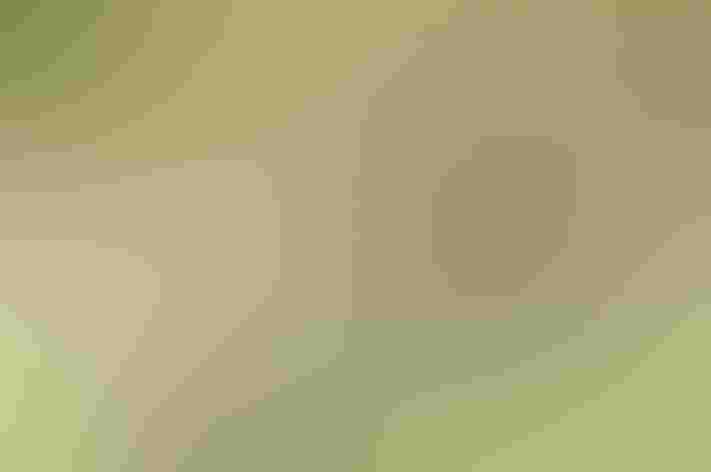Least Flycatcher
At a Glance
The eleven Empidonax flycatchers in North America are notorious for causing trouble for birders. All are small birds with wing-bars and eye-rings, and most are very hard to tell apart. The Least Flycatcher is the smallest and grayest of this group in the east, and it is often common near woodland edges, where it perches in the open and raps out its snappy song, chebeck!
All bird guide text and rangemaps adapted from Lives of North American Birds by Kenn Kaufman© 1996, used by permission of Houghton Mifflin Harcourt Publishing Company. All rights reserved.
Category
Perching Birds, Tyrant Flycatchers
Conservation
Low Concern
Habitat
Fields, Meadows, and Grasslands, Forests and Woodlands, Freshwater Wetlands, Shrublands, Savannas, and Thickets
Region
Alaska and The North, California, Eastern Canada, Florida, Great Lakes, Mid Atlantic, New England, Northwest, Plains, Rocky Mountains, Southeast, Southwest, Texas, Western Canada
Behavior
Flitter, Hovering
Population
27.000.000
Range & Identification
Migration & Range Maps
Migrants are rare in the west, so many of those breeding in western Canada apparently migrate east and then south. In fall, adults tend to migrate south earlier than young birds. A few may winter in southern Florida.
Description
5 1/4" (13 cm). Smaller than most other Empidonax flycatchers. Gray or brown-gray above, whitish on throat, with contrasting white wing-bars and eye-ring. Voice is the best clue.
Size
About the size of a Robin, About the size of a Sparrow
Color
Gray, White, Yellow
Wing Shape
Rounded
Tail Shape
Notched, Square-tipped
Songs and Calls
Dry, insect-like che-bec, snapped out and accented on the second syllable, and uttered incessantly through the hottest days of summer.
Call Pattern
Flat, Rising
Call Type
Buzz, Chirp/Chip, Trill
Habitat
Open woods, aspen groves, orchards, shade trees. Breeds in deciduous or mixed woodlands, seldom in purely coniferous groves. Usually around clearings or edges, but sometimes in the interior of dry woods. Winters in the tropics around woodland edges and second growth.
Sign up for Audubon's newsletter to learn more about birds like the Least Flycatcher
Behavior
Eggs
4, sometimes 3, occasionally 5. Creamy white. Incubation is by female only, 13-15 days.
Young
Both parents bring food for nestlings. Age of young at first flight about 12-17 days; may be fed by parents for another 2-3 weeks after fledging.
Feeding Behavior
Forages by watching from a perch and flying out to catch insects. Often perches on dead twigs within the middle to lower levels of trees, in fairly open spots. Catches most insects in mid-air, but also takes food (including caterpillars and spiders) from foliage while hovering.
Diet
Mostly insects. Summer diet is mostly insects, including many small wasps, winged ants, beetles, caterpillars, midges, and flies, with smaller numbers of true bugs, grasshoppers, and others. Also eats spiders, and occasionally a few berries.
Nesting
May nest in loose colonies. Courtship behavior not well known, but may involve male chasing female through the trees. Least Flycatchers often actively chase American Redstarts out of nesting territory. Nest site is usually in deciduous sapling or small tree such as maple, birch, or ash, placed in a vertical fork in a branch. May be 2-65' above ground, but heights usually average 12-25' up, varying with habitat. Nest (evidently built by female only) is a tidy cup of grass, strips of bark, twigs, lichens, plant fibers, often bound together with webs of spiders or caterpillars; lined with fine grass, plant down, animal hair, feathers.
Climate Vulnerability
Conservation Status
Surveys show some declining populations in southern part of breeding range; however, still widespread and common.
Climate Threats Facing the Least Flycatcher
Choose a temperature scenario below to see which threats will affect this species as warming increases. The same climate change-driven threats that put birds at risk will affect other wildlife and people, too.




